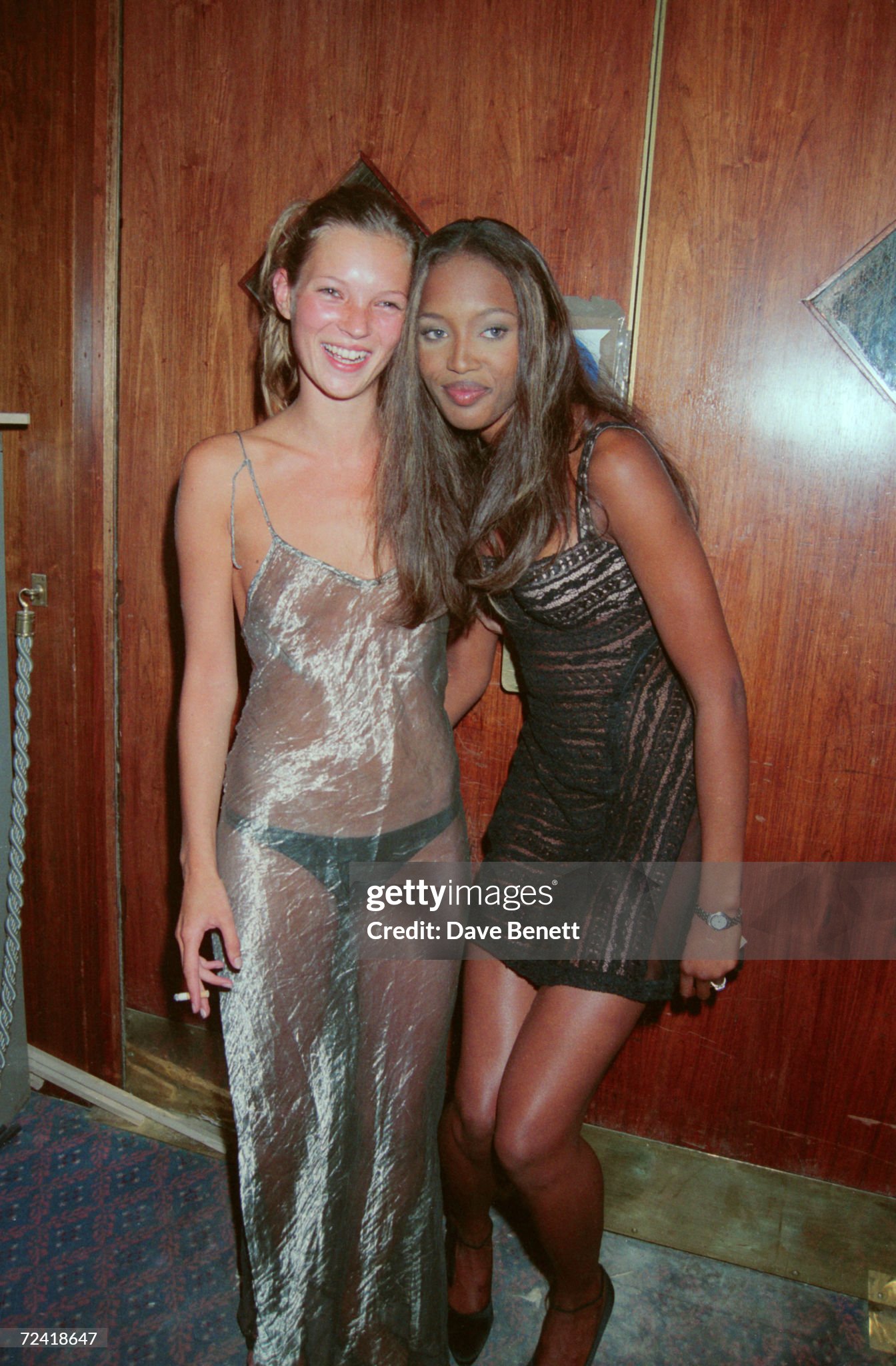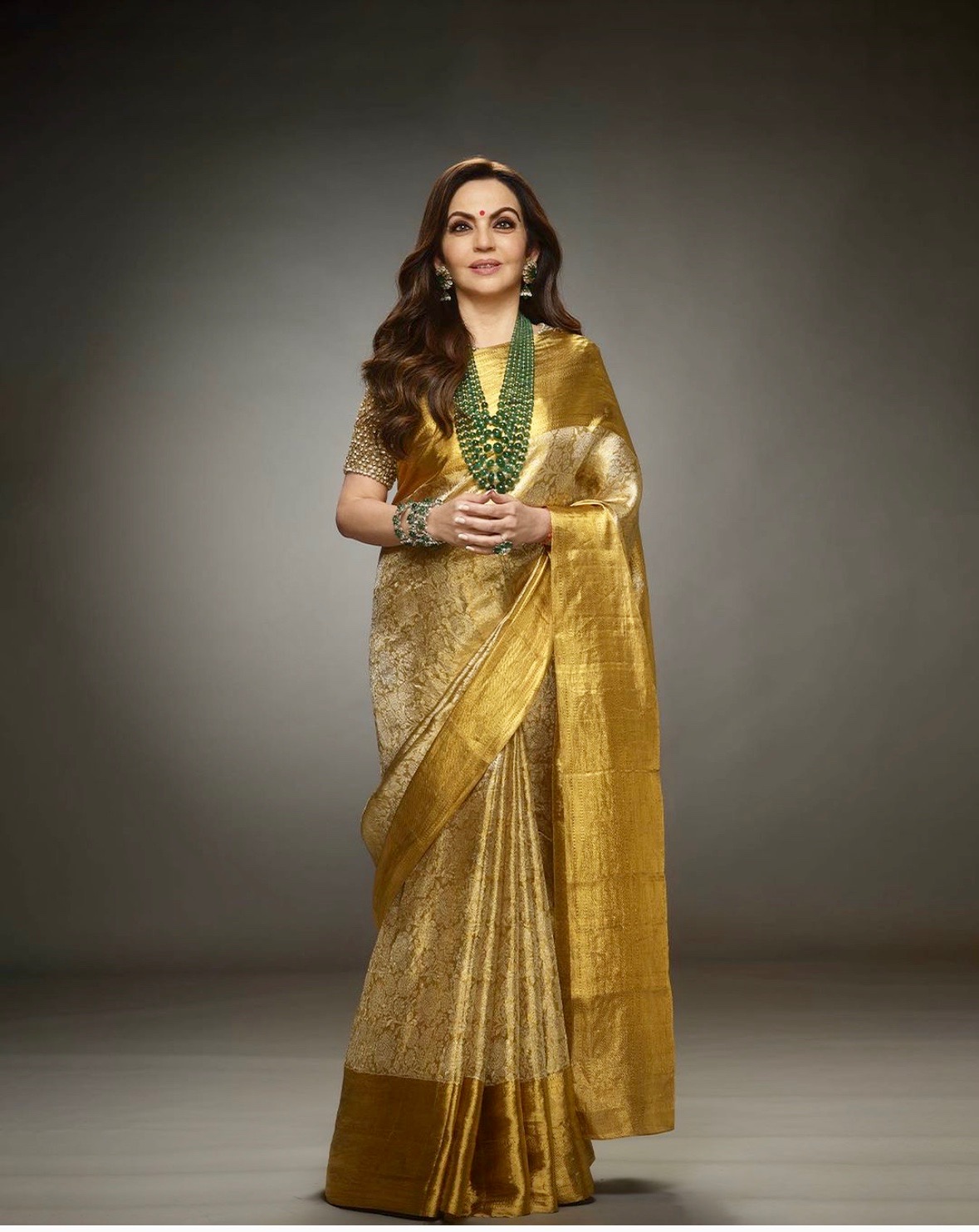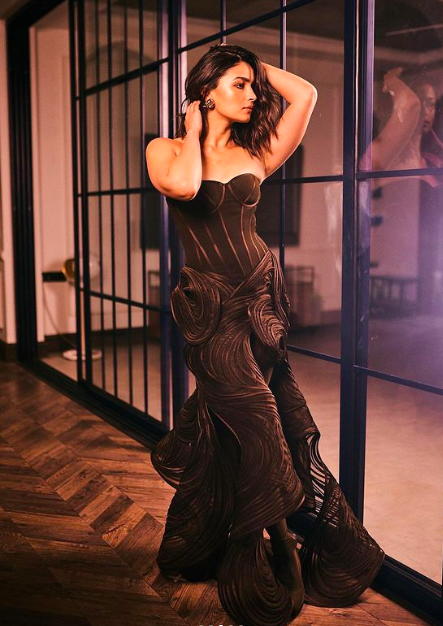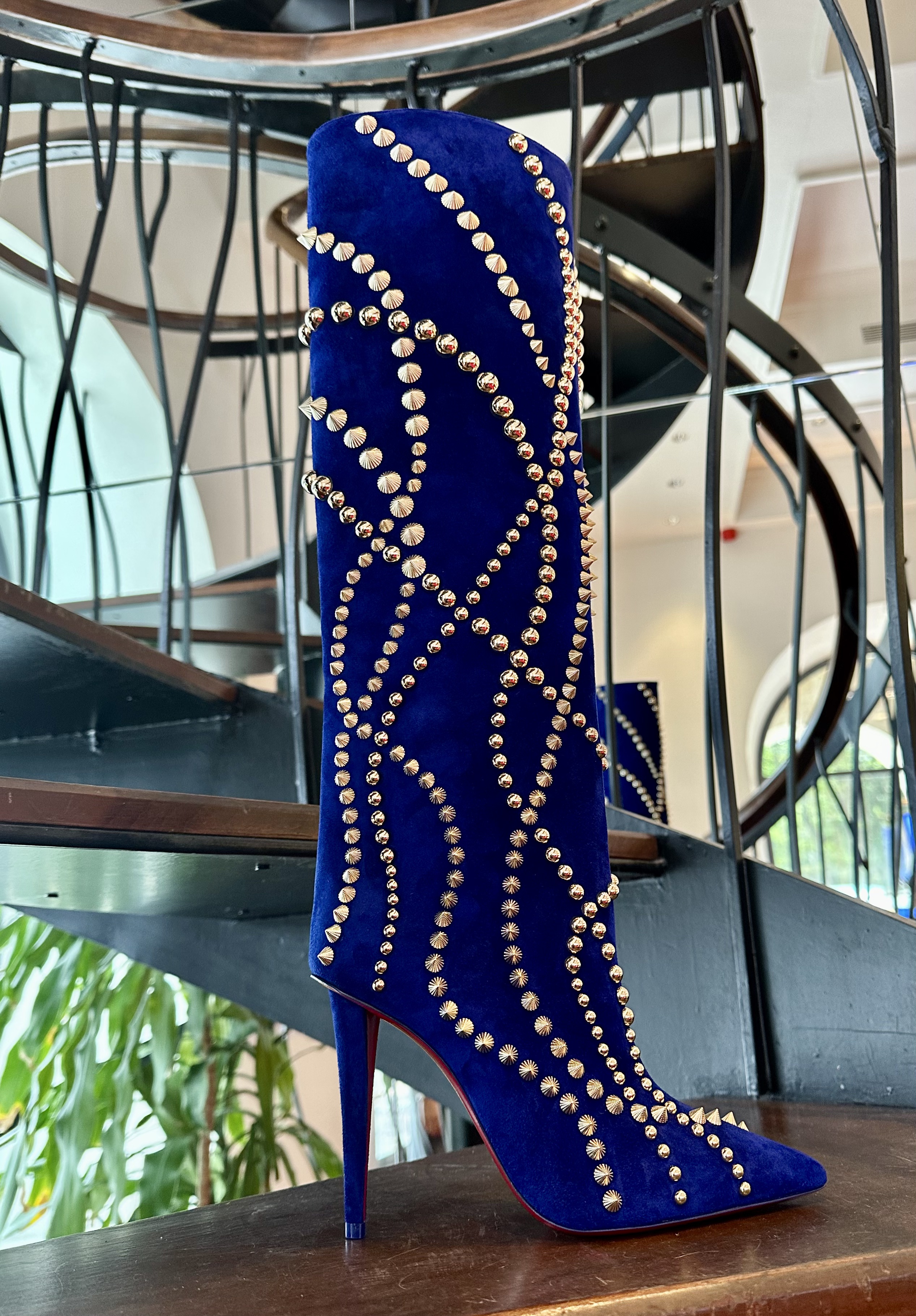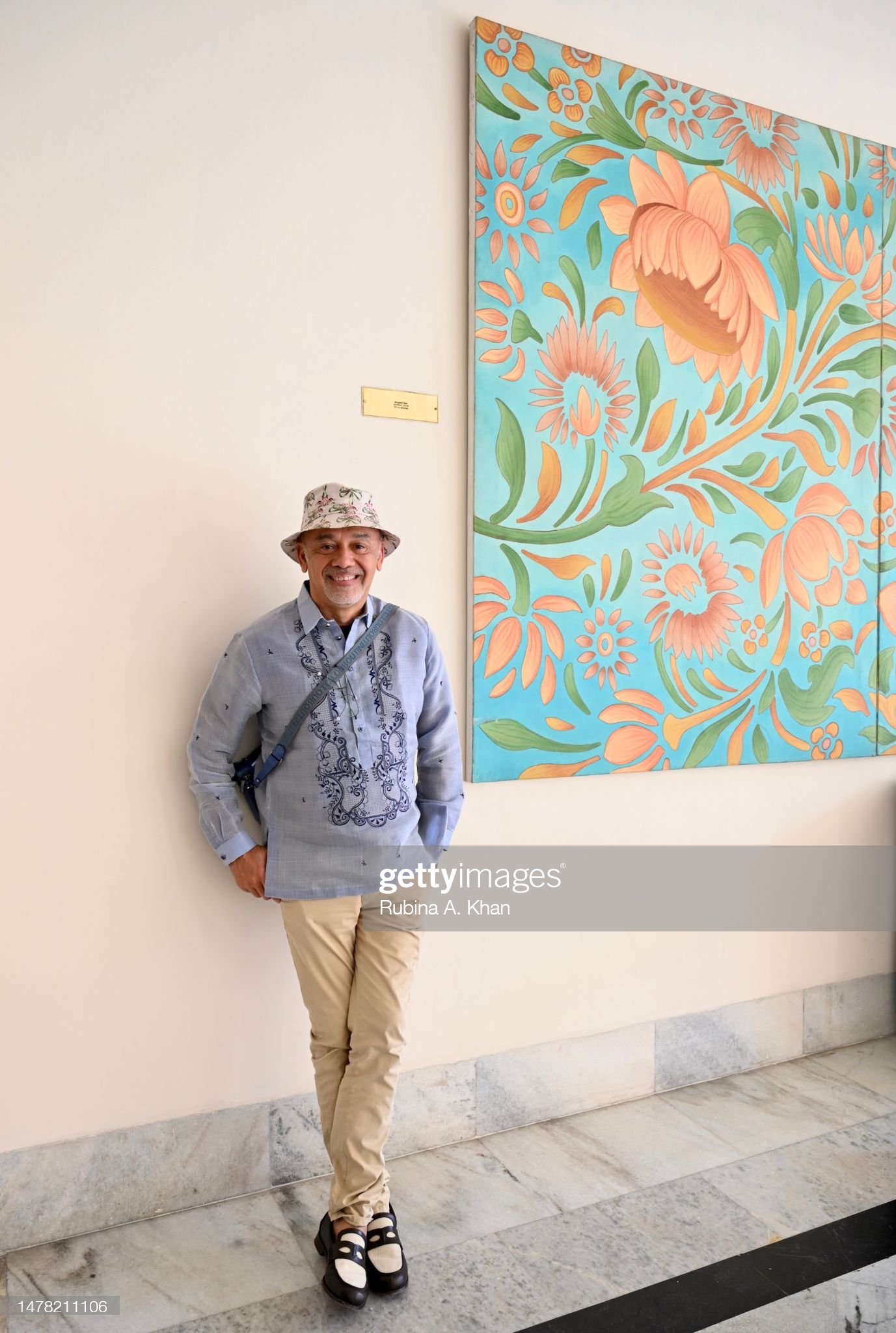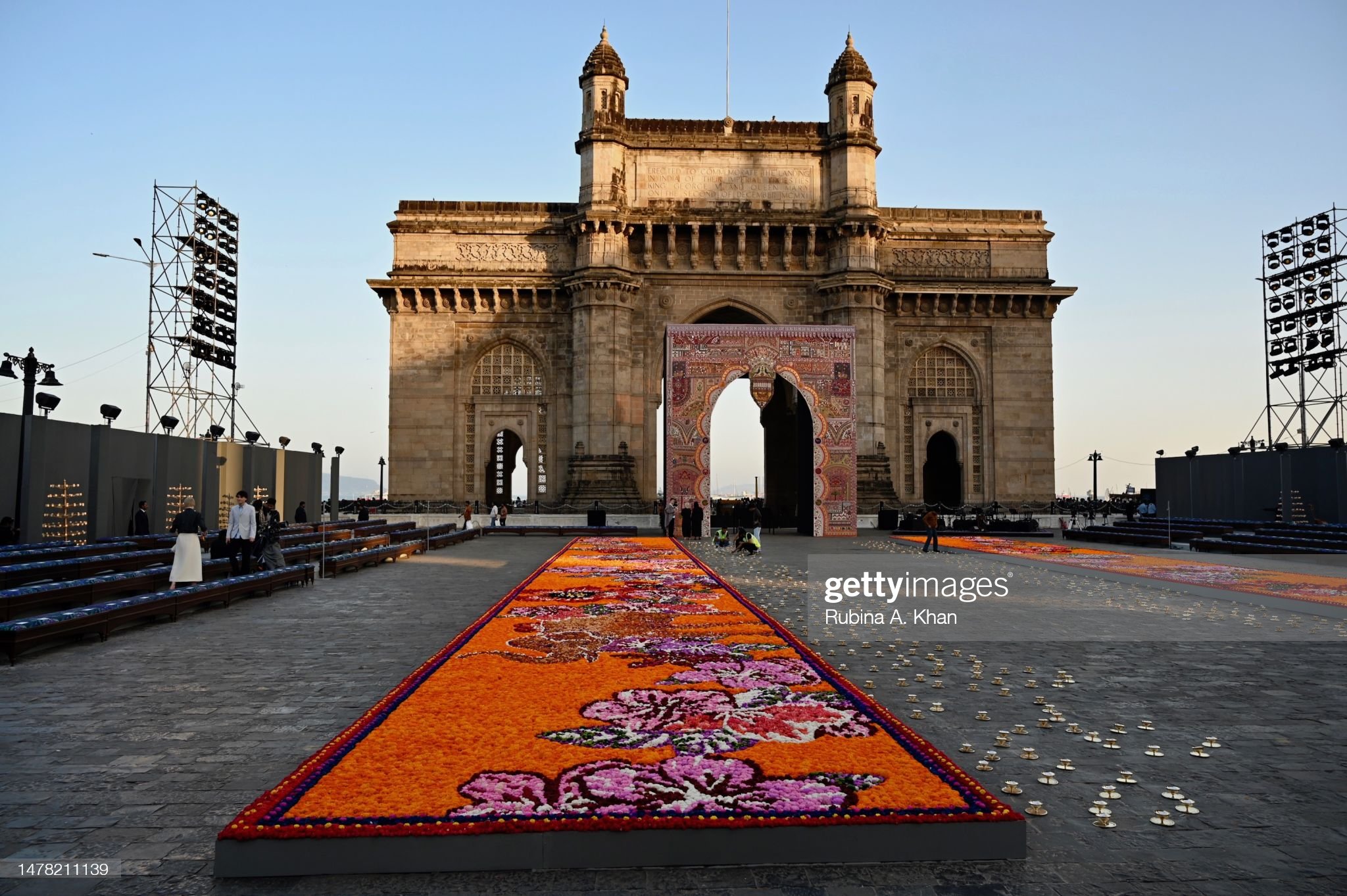DECEMBER 8, 2023
Netflix India’s most awaited film of 2023, The Archies, directed by Zoya Akhtar, released worldwide on December 7th, 2023 on a screen on your lap, in your hand or on your desk. Starring an ensemble cast of debutants in the headlining roles, The Archies is a musical adaptation of the American comic series, Archie, that traces the life of Archibald Andrews, a ginger-haired teen, and his friends in Riverdale, a town in the United States that is as fictional as its residents. Created by publisher John L. Goldwater and artist Bob Montana in collaboration with writer Vic Bloom in 1941, every character in the Archie comics is beloved around the world since, be it Veronica Lodge, Betty Cooper, Jughead Jones, Big Moose, Dilton Doiley, Reggie Mantle, Mr Weatherbee, Miss Grundy, Midge Klump, Ethel Muggs and of course, Archie himself. For lack of a contemporary reference, Archie and his Riverdale gang are the F.R.I.E.N.D.S of the comic world given anyone who has ever read an Archie comic, single or digest, knows and devours everything about the characters and their quirks, such is the endearing familiarity, yet thrilling simplicity of them all.
Referencing an American comic series with Anglo-Indianised versions of the characters set in India in 1964 seems to be the sole premise of this film, with teen angst roller skating into school, and after-school life, with milkshakes and burgers set to wonderfully choreographed musical interludes in marvellous 60s costumery. The costumes in the film are stars in themselves, never mind who is wearing them. But The Archies also appears to be a low-key environmental warrior film set in a year when climate activism did not exist worldwide, certainly not in India, but climate awareness did, and Earth Day was only recognised in 1970 in the United States. As I understand, the 60s teens didn’t really speak green, they did green.

Mihir Ahuja, Suhana Khan, Yuvraj Menda, Agastya Nanda, Aditi Dot Saigal, Khushi Kapoor and Vedang Raina in The Archies poster ©Netflix
The 143-minute film represents the Hindi film industry’s biggest names – it stars a Khan – Suhana, a Kapoor – Khushi and a Bachchan, Agastya Bachchan Nanda, who have simply joined the family business, ably and admirably. And, all three live up to the cinematic legacies they were born into, and have chosen to take forward of their own accord. They can act. If this film was created and mounted to showcase and launch the talents of the twenty-something progenies of some of India’s biggest superstars like Raj Kapoor, Amitabh Bachchan, Jaya Bachchan, Shah Rukh Khan and Sridevi, then it has succeeded as Suhana Khan and Agastya Nanda have it in spades, with Khushi Kapoor a few paces behind.
Suhana Khan is prodigiously expressive in her portrayal as the self-absorbed Veronica Lodge in the film. It takes an intelligent mind to play a clueless, millionaire teen and Khan does so with measured alacrity, her soothing voice adding to the allure of her act. And, she dances and pirouettes on skates, and without them, arched and poised like a ballerina, always in step, a grand jeté away from perfection.
Agastya Nanda’s got the Kapoor dance moves and the Bachchan voice and height, but it his very own Nanda je ne sais quoi that adds to his charismatic performance as Archie Andrews. He enunciates his lines beautifully and fills up the screen with boyish insouciance as Archie, a rhythm guitarist torn between Riverdale and England, and Ronnie and Betty, and every girl in the world. Nanda’s definitely got the rizz and has the girls, and boys, in a tizz! He is, after all, Raj Kapoor’s great-grandson and Amitabh Bachchan’s grandson!
Khushi Kapoor makes a pretty picture as the gamine Betty Cooper in the film. She is as graceful as she is statuesque in her role, but she needs to work on her dialogue delivery that is awkward and a tad mumbly. Yuvraj Menda is achingly vulnerable as he is adorable as the teen nerd finding himself, Dilton Doiley. His lilting ‘Thank you’ warrants an encore every single time! Ethel Muggs is perfectly played by Aditi Dot Saigal, a musician who has also worked on the lyrics and music of the film. Vedang Raina is slick and haute as Reggie Mantle, and he goes from smouldering silences to verbose angst with natural ease. Mihir Ahuja plays Jughead Jones ably, but the character written in the film doesn’t speak to the original essence of the forever-eating, oddball Jughead. All seven of the debutants on the film’s poster have got some serious moves and can dance their legs off. Not like Jungkook though, yet.
I loved that the sets looked unreal, with real people and real emotions swirling through – like an Archie in Toyland atmosphere. I loved Rudra Mahuvarkar’s Big Moose dumb, muscleman act – mistaking philanderer for Phil Anderson was a riot. Jughead should have been ditzier and clumsier, and eaten way more hamburgers and fries. Ronnie didn’t need to act fashionably sustainable in 1964 by repeating that eyesore of a canvas trunk bag everywhere in Riverdale – it was just so off the Lodge brand and entirely unnecessary. It didn’t add to her rich vibe; Khan’s enactment of Ronnie did. And, she does know a thing or two about being rich. Seasoned actors like Suhaas Ahuja, Aly Khan, Vinay Pathak, Delnaaz Irani and Deven Khote enriched the performances of the debutants in the film.
Did I love the film? No. Why did I sit through it? I wanted to see SRK’s daughter, Amitabh Bachchan’s grandson and Sridevi’s daughter act, and they most definitely can. Is the film worth the wait, the worldwide marketing thrust, dollar spend and the hype? Not in the least, but all its debutant actors are! You cannot not love them all!
Disclaimer: Any part of the content on the rubinaakhan.com website cannot be reproduced without prior permission and crediting the website and the author. The © ahead of a name is the copyright of the subject in the photograph and not shot by Rubina A Khan.
